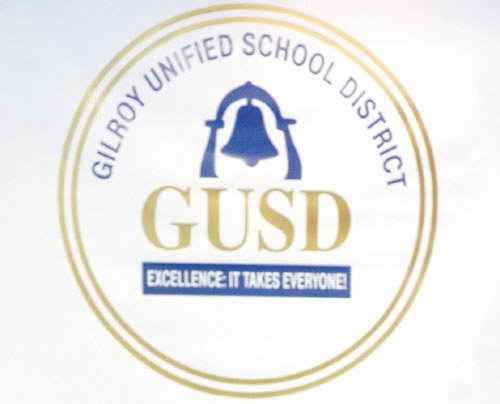More than a week after school trustees passed a contentious
resolution establishing board priorities, trustees remain divided
as to whether a goal aimed at narrowing the achievement gap was
actually approved.
Gilroy – More than a week after school trustees passed a contentious resolution establishing board priorities, trustees remain divided as to whether a goal aimed at narrowing the achievement gap was actually approved.
Gilroy Unified School District trustees are of two prevailing opinions – that the board goals presented at a Sept. 20 meeting were passed in full, including an objective aimed at closing the gap among English language learners, socioeconomically disadvantaged students and the student body – or that only the main priorities were passed without objectives.
Four trustees point to board meeting tapes to back up their assertion that the sub-goals were passed.
Two trustees insist no objectives were passed, but believe trustees gave direction to formulate an objective for approval along with the other objectives at Thursday’s board meeting.
The split among trustees is a nominal one, said trustee Denise Apuzzo.
“Everyone’s on the same page, it’s just a question of semantics,” she said.
Trustees Javier Aguirre and Jaime Rosso, who proposed and seconded a motion respectively to pass the resolution with amendments, along with Tom Bundros and Francisco Dominguez believe all the goals were passed, including language addressing the achievement gap.
Immediately prior to the vote, Bundros said that the motion was to approve all goals and sub-goals. The board then voted unanimously to approve the motion.
Apuzzo and trustee Pat Midtgaard, however, believe the motion was to approve the priorities and bring the objectives back for approval. The scene was so confusing that, when asked to give his provisional vote, student board representative Aaron Apolonio asked for the motion to be repeated. The 40 people in the crowd laughed in sympathy.
Superintendent Deborah Flores also was uncertain of what was passed. She said that the board had passed the priorities and that she was going to return to the board with the specific language of the goals.
However, when asked a week later if the board had directed that the words “achievement gap” be included, she said, “I would have to watch the tape (of the board meeting) again to see.”
Both camps agree however that the objective, regardless of whether it was passed, would not simply be to close the achievement gap.
“I don’t want to say narrow the gap because narrowing the gap could be done by dragging the top down,” Apuzzo said.
Instead, the board agreed that the goal should focus on accelerating the achievement of English language learners and socioeconomically disadvantaged students.
The two camps also agreed that Flores would present one-, two- and three-year benchmarks and strategies for accomplishing board priorities.
Whether explicit or implicit, the board is focused on closing the achievement gap, Midtgaard said.
“I could probably count 12 to 15 actions that have been taken in the last five years to narrow the achievement gap,” she said. “I’m not concerned that it isn’t going to be addressed. I think it’s addressed all the time.”
Still, all trustees, whether they believe a goal including the words “achievement gap” was passed, expect to see a goal aimed at closing the gap in their next meeting.
“There is no question that it will be there,” Rosso said.












